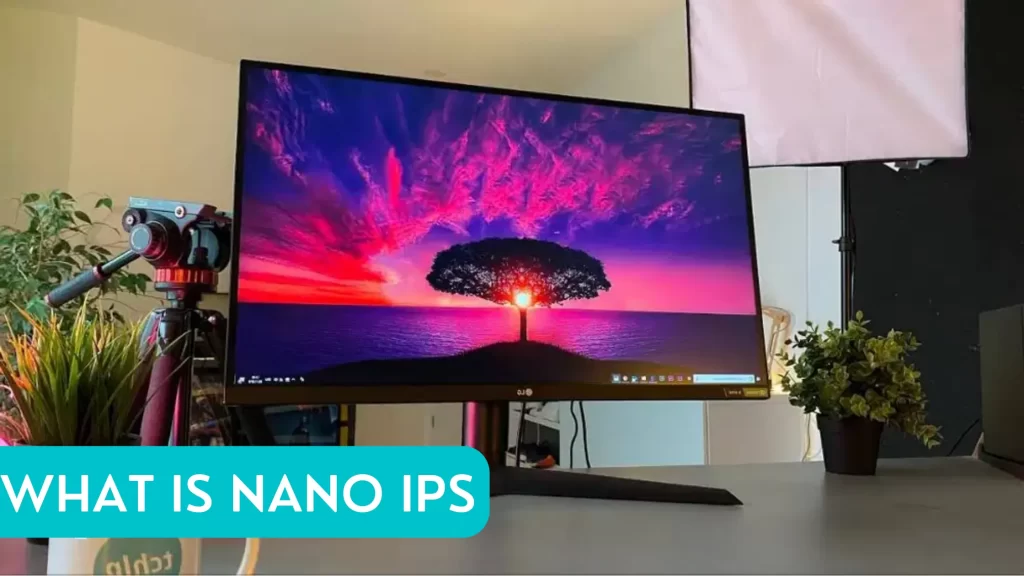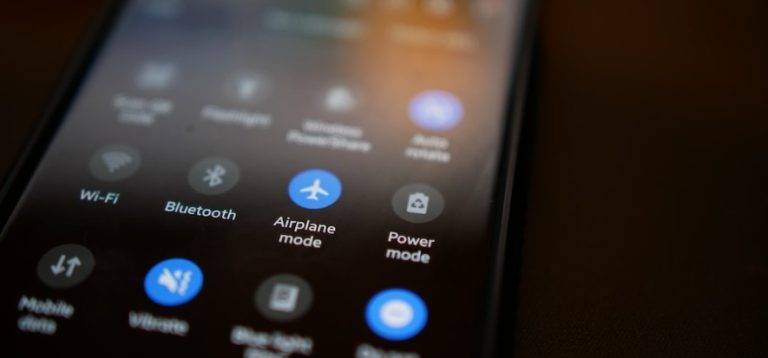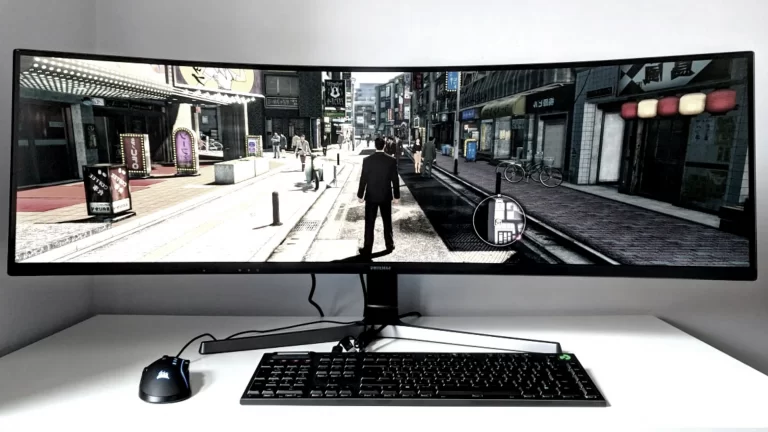What is NANO IPS?
Aside from the most recent technological advancements, established technologies are always improving.
Improved and updated versions of pre-made technology and display are shown. This makes a tremendous impact on those who desire minimal yet powerful changes.
Adding further, while many people are familiar with IPS monitors and IPS technology in general, if you look at computer monitor possibilities, you may find yourself wondering what Nano IPS is.
What is Nano IPS, and how does it vary from traditional IPS?

Know the difference between IPS and LED
NANO IPS
Nano IPS is an enhanced IPS technology that was first launched in 2019 by LG. While it is essentially based on the way conventional IPS panels work, it adds the use of a coating of nano-particles applied to the backlight to provide a combination of rapid response times and good image quality.
Moreover, nanoparticles are put into an IPS-panel display’s LED backlight in LG’s Nano IPS technology. To improve the color gamut of a display, these particles absorb excessive light wavelengths.
Also, as a result, Nano IPS displays feature an enhanced gamut of 135 percent sRGB or 98 percent DCI-P3, compared to normal IPS panels that cover 100 percent of the sRGB color space.
Further, the technology also works with G-Sync and FreeSync, allowing users to align frame rate and refresh rate, avoiding issues like screen tearing.
The realistic and full-of-life color approach means a lot to people who have graphical jobs such as animation or who are enthusiastic. It ensures a viewing experience with High Dynamic Range.
PROS OF NANO IPS
Nano IPS has a 1 ms response time, which is one of its most significant advantages. This allows the technology to overcome one of the most significant drawbacks of IPS panels, allowing it to compete with twisted nematic (TN) monitors in terms of speed.
Moreover, this is noteworthy since IPS technology has been ignored by serious gamers in the past due to its sluggish response times. Furthermore, Nano IPS retains all of the benefits of IPS screens.
Further, when compared to other monitor types, such as TN displays, these benefits include a more precise color display and greater viewing angle tolerance.
Viewing the monitor from particular angles can change the appearance of colors on several other panel types.
Moreover, as a result, Nano IPS is not only a good choice for applications where visual performance is crucial, such as graphic design or photography, but it’s also a good choice for gaming.
CONS OF NANO IPS
The cost of Nano IPS technology is arguably its biggest downside. This means that a Nano IPS display will cost more than a regular IPS, TN, or VA monitor. Moreover, while 1-millisecond response speeds are impressive, it’s worth noting that sub-1 millisecond TN monitors do exist, albeit with a less clear display.
Nano IPS(LG) vs. Quantum Dot (SAMSUNG)
- Even though IPS has several advantages over VA, such as more accurate colors, faster response times, and broader viewing angles, VA still has a better contrast ratio, which is likely the most important display feature.
- IPS models do not offer as deep black hues as VA-panel TVs; in fact, they are greyish in contrast.
- Furthermore, Samsung puts a quantum dot film layer between a display’s LED backlight and its panel on some TVs and monitors, which, like Nano IPS, improves the display’s color range and brightness. QLED stands for quantum dot light-emitting diodes.
- QLED TVs are more popular than Nano IPS TVs due to the better contrast ratio of VA panels, although LG has a new display technology called OLED that competes with high-end QLED TVs.
Frequently Asked Questions
Are Nano IPS better than IPS?
LG’s Nano IPS technology is an enhanced version of the company’s IPS technology. As a result, Nano IPS displays feature a wider color range than traditional IPS panels, which cover 100% of the sRGB color space.
Are Nano IPS better than quantum dot?
When comparing the two, quantum dot LED televisions are far more precise. Nano IPS displays provide a larger color range of up to 98 percent DCI-P3 or 135 percent sRGB, while Samsung’s QD technology has a greater contrast ratio.
Does the Nano IPS have a backlight bleed?
The display offers great uniformity, contrast, and reaction time with no backlight bleed.
Are Nano IPS worth it?
Nano IPS is a good choice for applications where visual performance is important, such as graphic design or photography, but it’s also a good choice for gaming.
Are IPS faster than nano?
The most important thing to keep in mind is that Nano IPS is effectively an enhanced version of IPS panel technology, with significantly faster reaction times and better color reproduction.
Conclusion
We’ve concluded this post, and we now know that Nono IPS is a more advanced form of IPS. Moreover, the most important thing to keep in mind is that it is essentially an enhanced version of IPS panel technology, with significantly faster reaction times and better color reproduction.
These advantages have helped to ensure that the technology applies to a wide range of applications, from photography to high-level esports.




